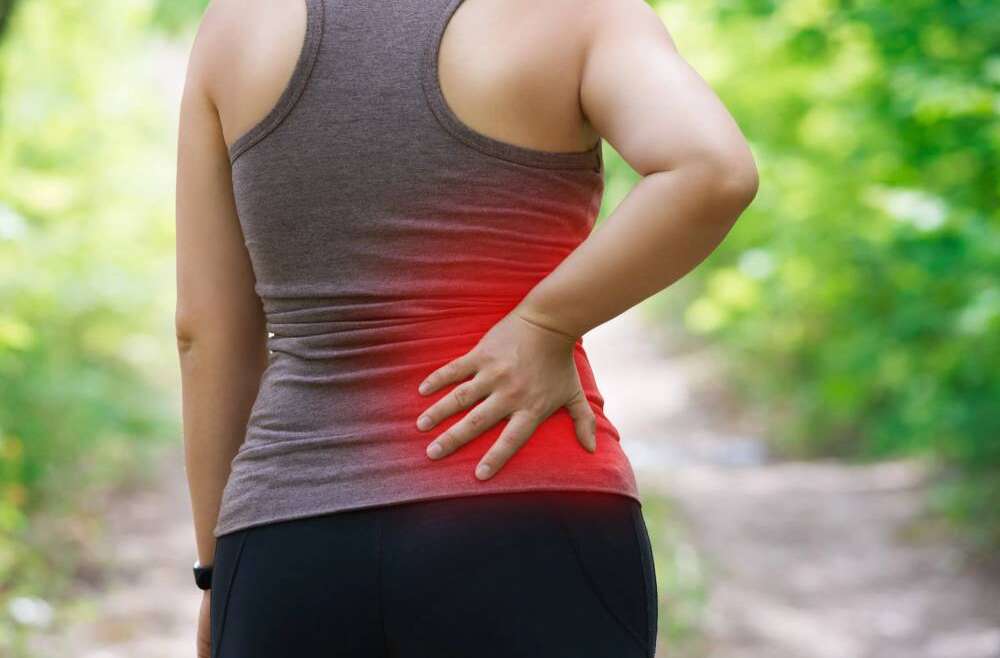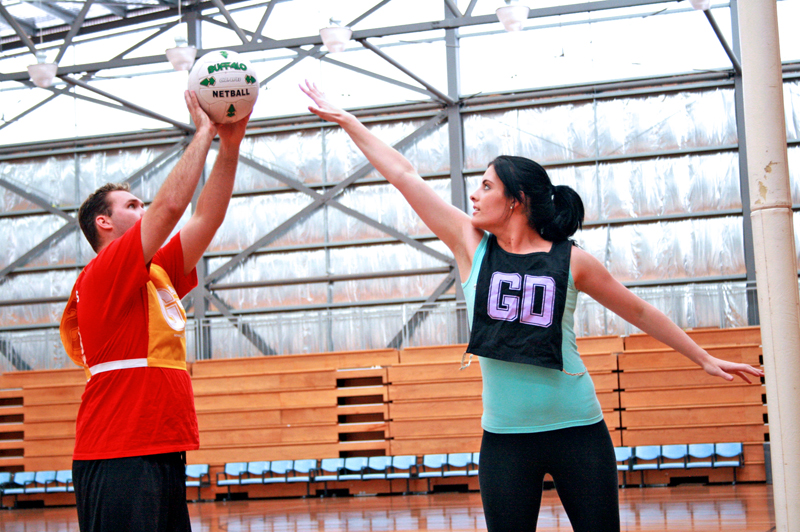Have you ever thought to yourself, “What is the difference between a chiropractor and an osteopath?” The difference between a chiropractor and an osteopath can often seem a little tricky to define. Indeed, chiropractors and osteopaths both commonly share similar roles and responsibilities. However, the main difference between these two is that osteopaths generally provide a whole-body, holistic service, while…








